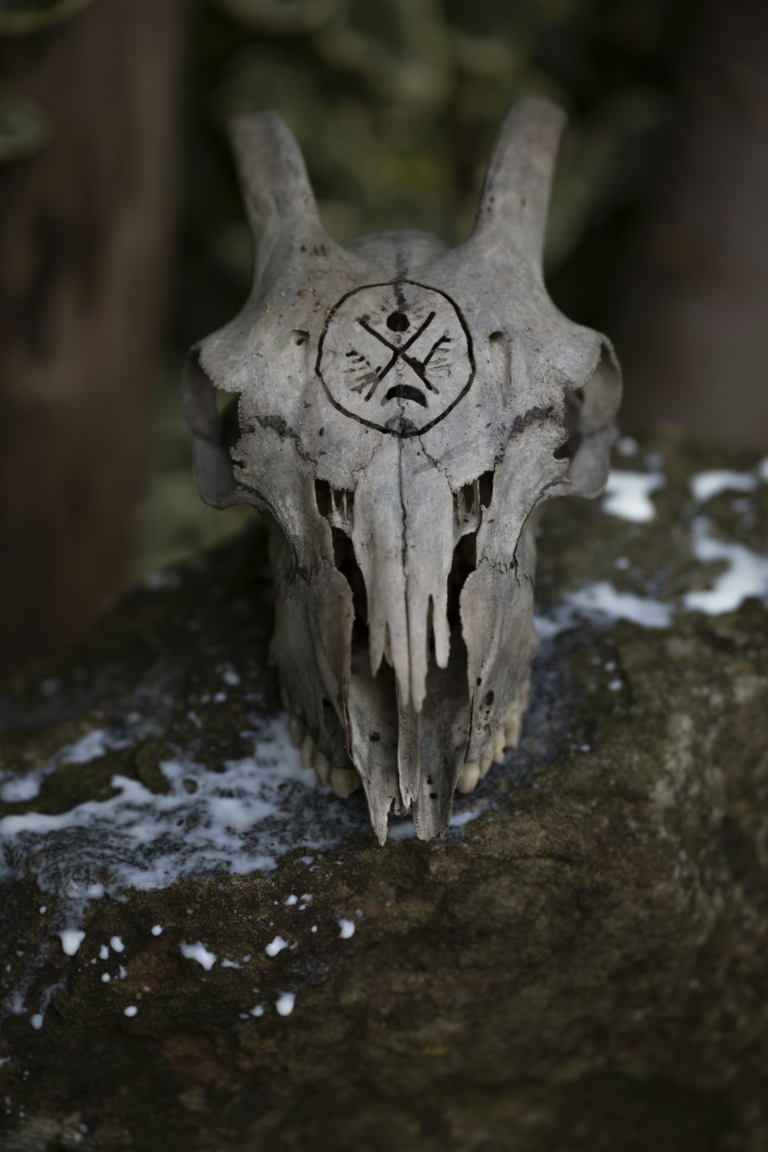
Newsletter Subscribe
Enter your email address below and subscribe to our newsletter

Enter your email address below and subscribe to our newsletter


Exploring Scottish Folk Practices and Traditions
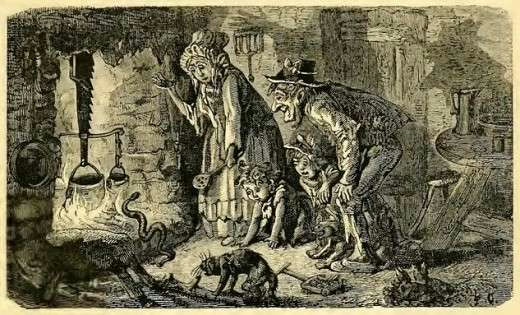
They say moving house is one of the most stressful things. It’s right up there with death and divorce. Having moved to a new house over the Bealtainn weekend I can agree. Though luckily no one got killed and we…
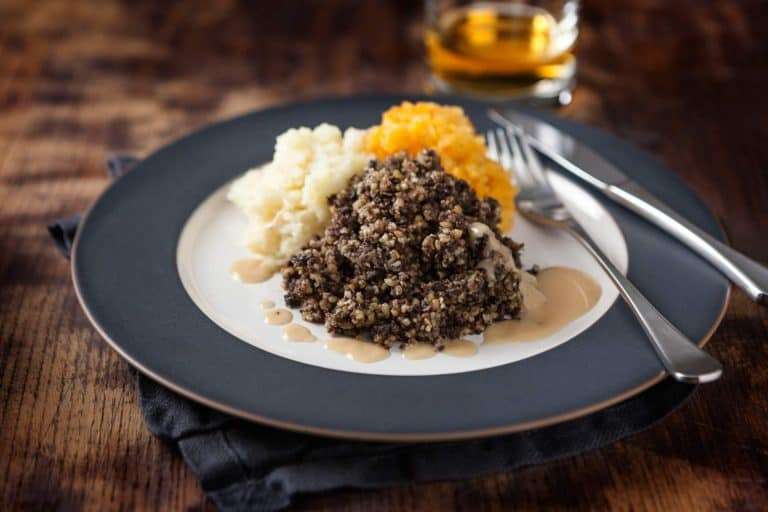
The ancestral scottish diet is not all haggis, neeps and tatties! Scotland is famous for its food. However, it’s famous for its food for the wrong reasons. Scotland is renowned for its food being deep-fried, covered in fat and having very…
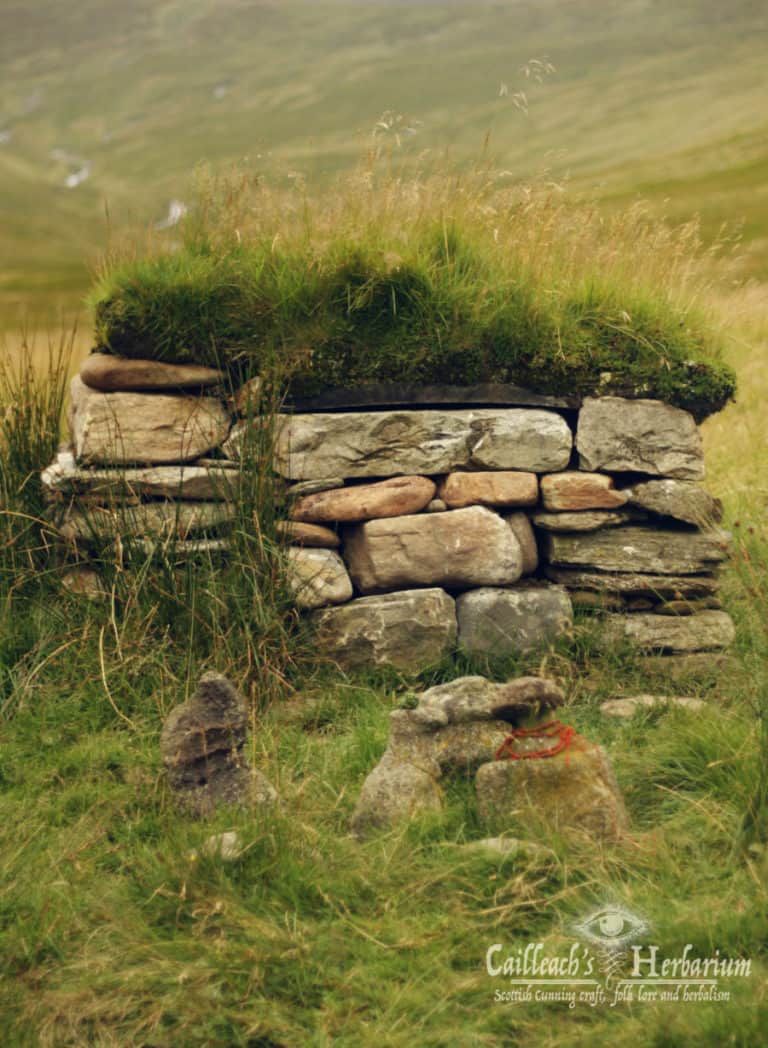
The struggles and revelations of Scotland’s people are stamped into the landscape, like wrinkles on the palms of old lady history some say put there by the Cailleach herself. Some experiences deep ravines. Other lines the soft touch of poetry…
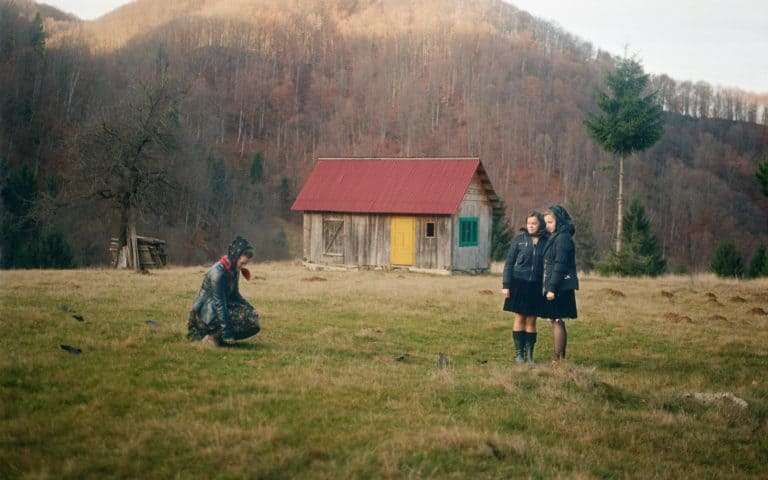
Ah, the joy of another birthday. This one is a significant milestone. It comes with thoughts on mortality, “time is running out”, the brain says, “there is plenty more time” the heart says, “maybe do more exercise” the body says.…
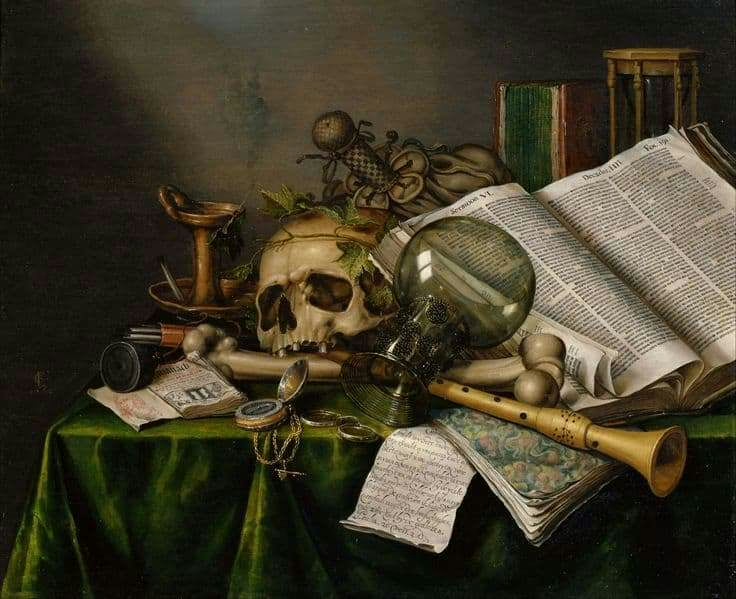
The mist the dew, the dew the mist The mist, the dew, in the eye of my love In the eye of my love, Thou who didst open the young eye Close it tonight in the sleep of death In…
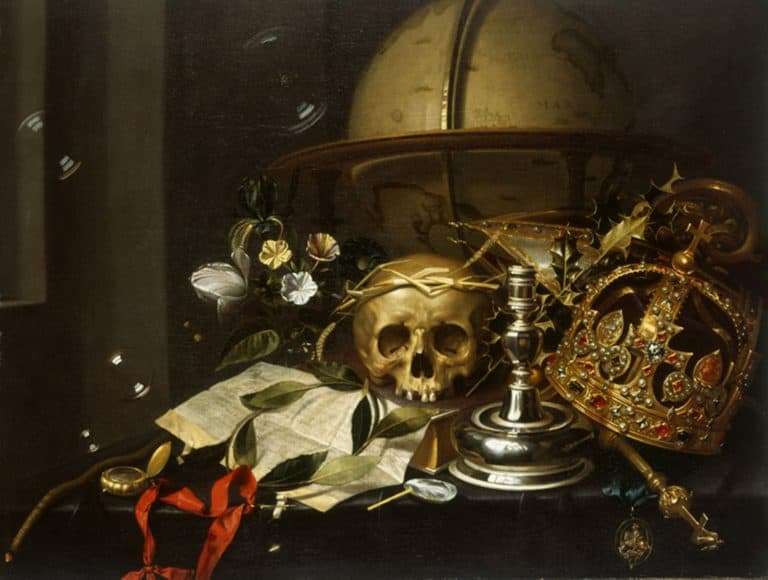
It is the familiar spirit of the place; It judges, presides, inspires Everything in its empire; It is perhaps a fairy or a god? (No, in fact it was a cat, ed) – Charles Baudelaire (the flowers of evil, 1857)…
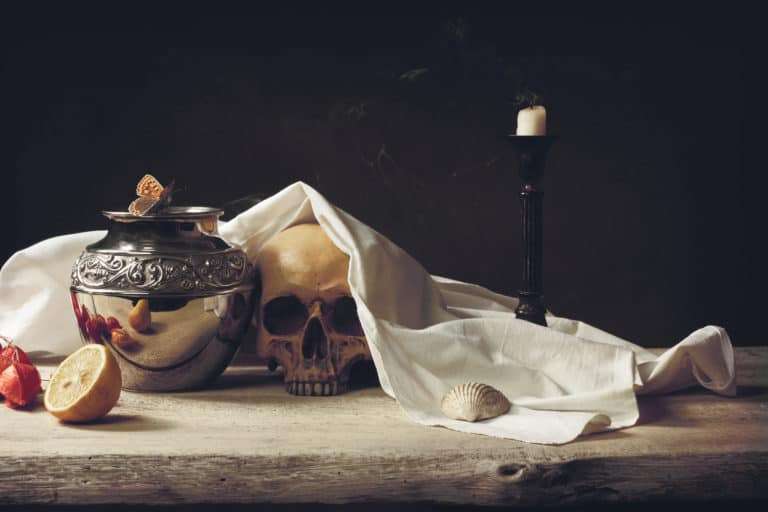
Introduction I introduced a series of writing exploring the role of the oft neglected dead in Scottish folk magic. If you haven’t read it I suggest you have a wee read. It sets the tone of the rest of the…
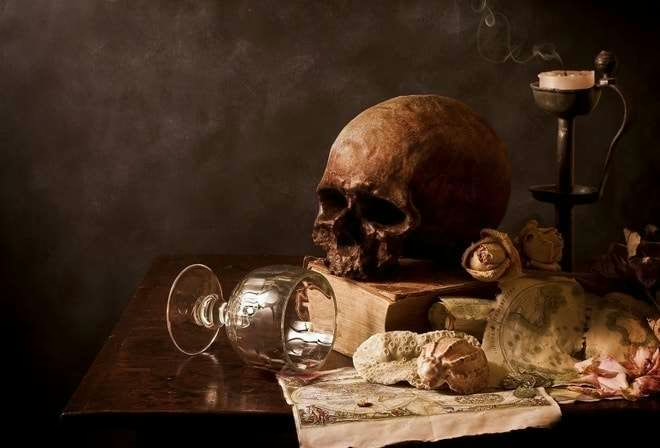
Dondering around the countryside, sauntering through glen, dirt track, woods and burns. Battling the wind and falling leaves. Passed graveyard and sacred stones. An idea presented itself. To write a series of posts embracing the theme of the season. The…
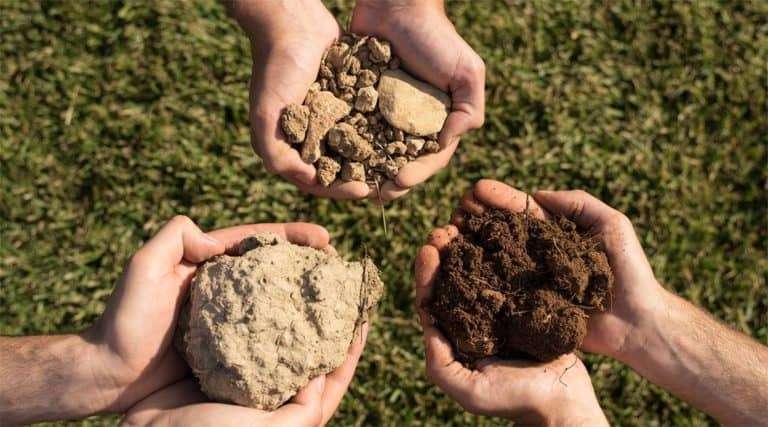
I have recently been reflecting about a conference I spoke at a while ago. A few people were discussing a problem they felt they had in getting to know plants. What is plant communication, the delegates were asking? What does…
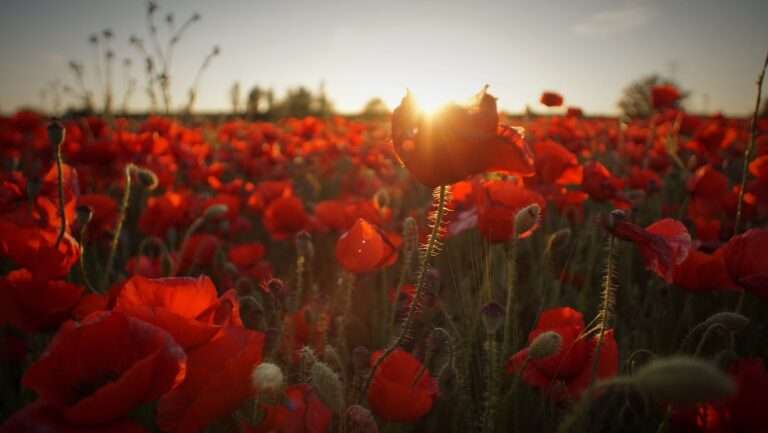
The ever-changing colours of the seasons and hue of the year is something that’s always fascinated me. When I lived in cities it was something that didn’t seem so clear. I would catch the greening and browning of trees and…
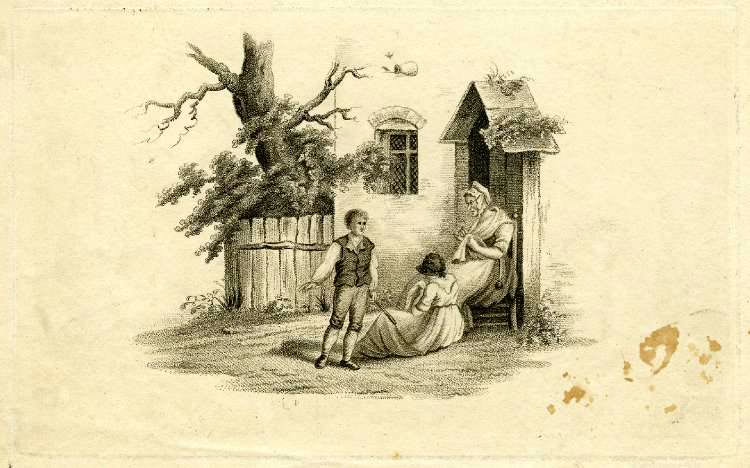
I have discussed the Frith – Gaelic divination charm practice before but omitted the augury signs which i have included below. Scottish folks had many ways of finding things outside of the second sight. One of these techniques is called…
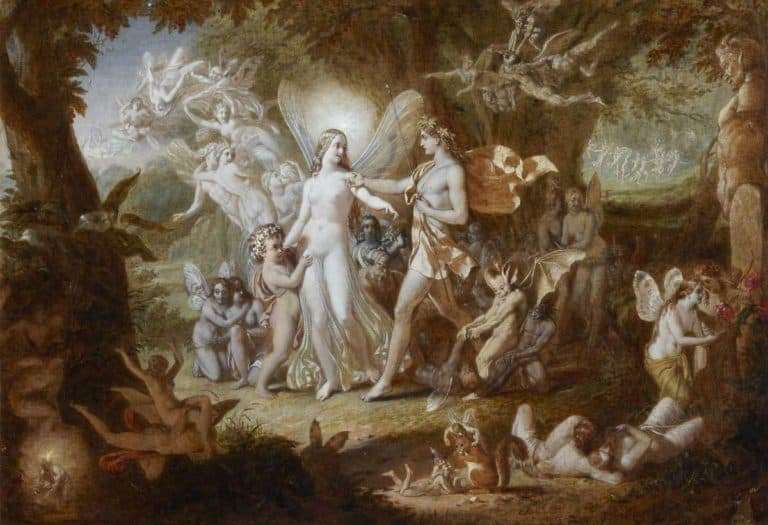
This post about the fairy faith been a long time in the coming. I can only apologise for that, I have been busy researching for a new book that explores these issues in more detail. I was asked to discuss…

Sometimes it just feels right. Timings can be calendar based or not. Sometimes you just go with your gut. So being in Scotland and the weather *almost* perking and my gut this weekend are telling me to get the seeds out…
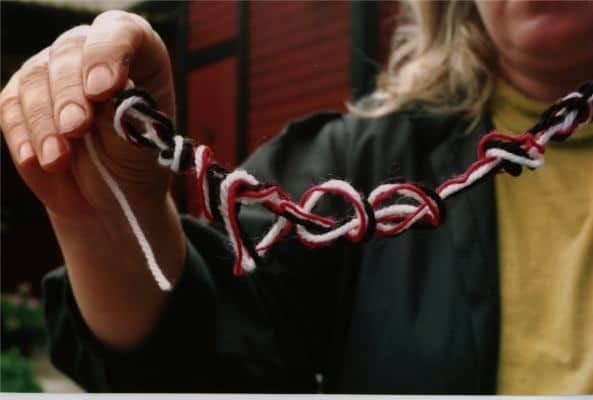
The weave, the weft and wool are part of our Scottish Heritage. It’s no wonder the use of wool made it into our folk magic heritage. The use of using three knots on a thread for the purpose against the…
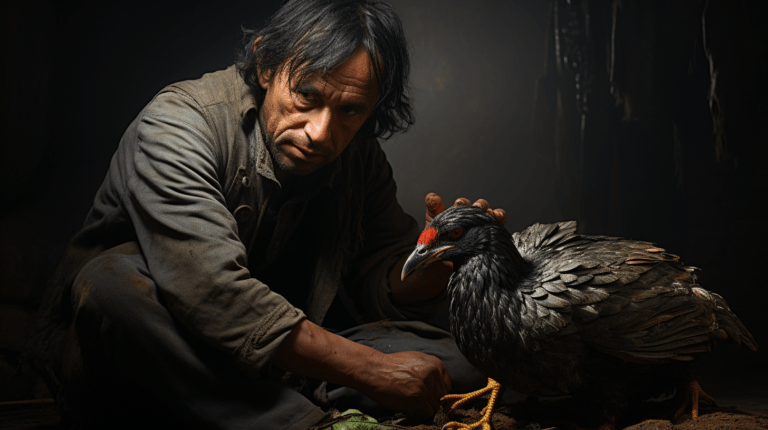
What is Martinmas? Martinmas is a poor cousin of other the other high and holy days. A mostly forgotten day in the year before the start of Yule and after Samhuinn’s end. However, I think Martinmas holds some of the…

Water is life. Water is sacred. The travesties that are happening around ours and others countries right now are many. We have fracking underway in England. We have the Dakota Access Pipeline company attempting to cut its way across the…

On the 31st of October the night of Halloween arrives. This time is also known in Gaelic as Samhuinn, or Oidhche Shamhuinn, an t-samhuinn, Hallowe’en, Hallowmas, All hallows, All saints eve, All saints, the first night of winter or meal-and-bree…

on the 29th of September Michaelmas la fhéile Mícheal arrives. Just before this the equinox when the sun rises due east and sets due west, the night and day at equal measure directing the Milky way as it stretches across…
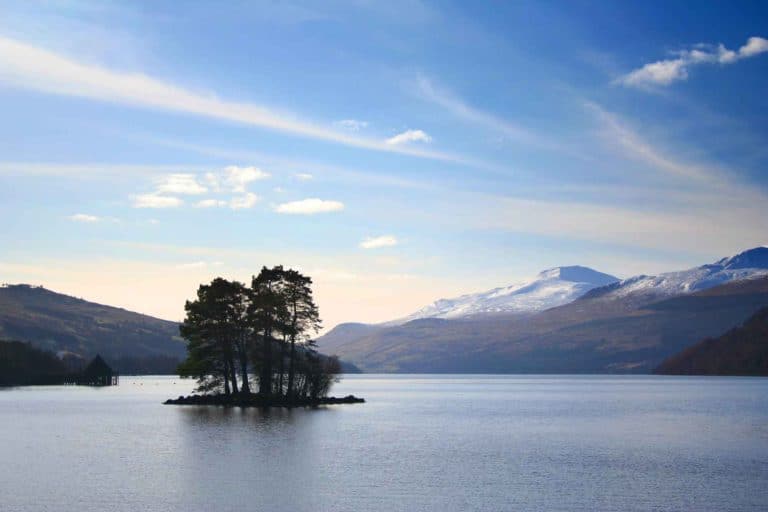
Well, the first Scottish Radical Herbal Gathering is almost upon us and I’m very excited to be delivering a talk with them this year on scottish folk magic with a free chapbook provided. The programme for the weekend looks amazing…
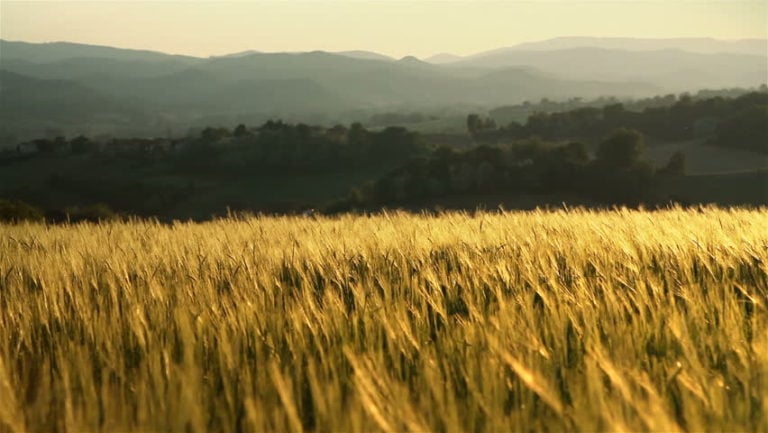
Lunastal. This time of year has always been special to me, which we try to align to the new moon or full depending. It marks the beginning of the “folk Autumn” season or second half of summer in the Celtic…